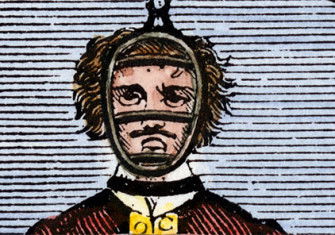Putting Pirates on Trial
Mutiny and murder at sea ended in capture for the crew of the pirate ship Revenge. Their trial was a deliberate display of the authority of the British state. How did it unfold?

In mid-June 1725 the Weekly Journal or British Gazetteer published a list of noteworthy London deaths over the previous week: three drowned, one who fell from a cart, one killed with a sword, and a child ‘overlain’ – a co-sleeping accident. Unusually, someone was also ‘Pressed to Death by the Crowd of People at the execution of the Pirates’, and buried at St John’s of Wapping. There was no need to say which pirates were hanged: every reader would have recognised the crew of the Revenge, whose capture and trial had been celebrated for weeks.







